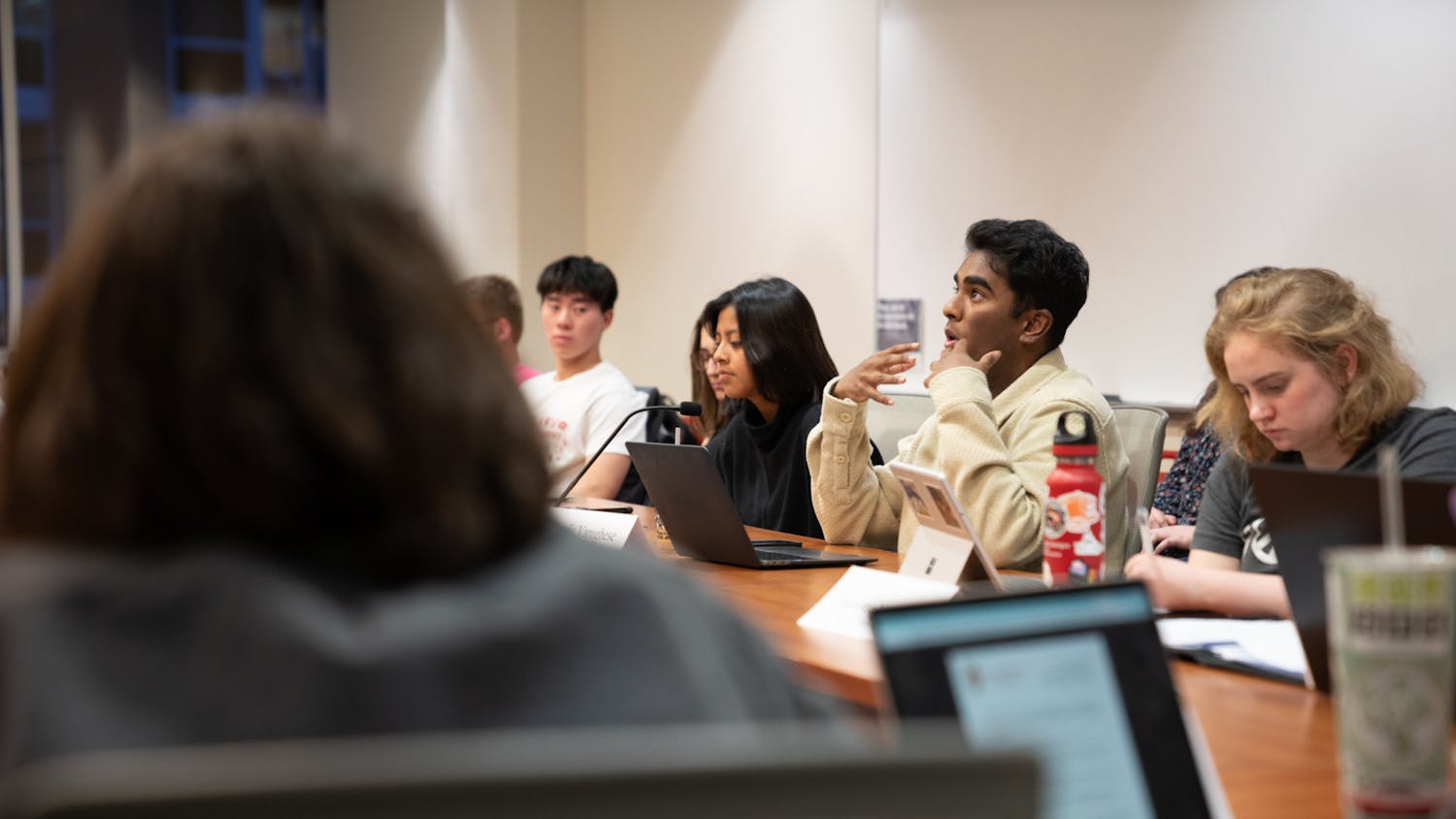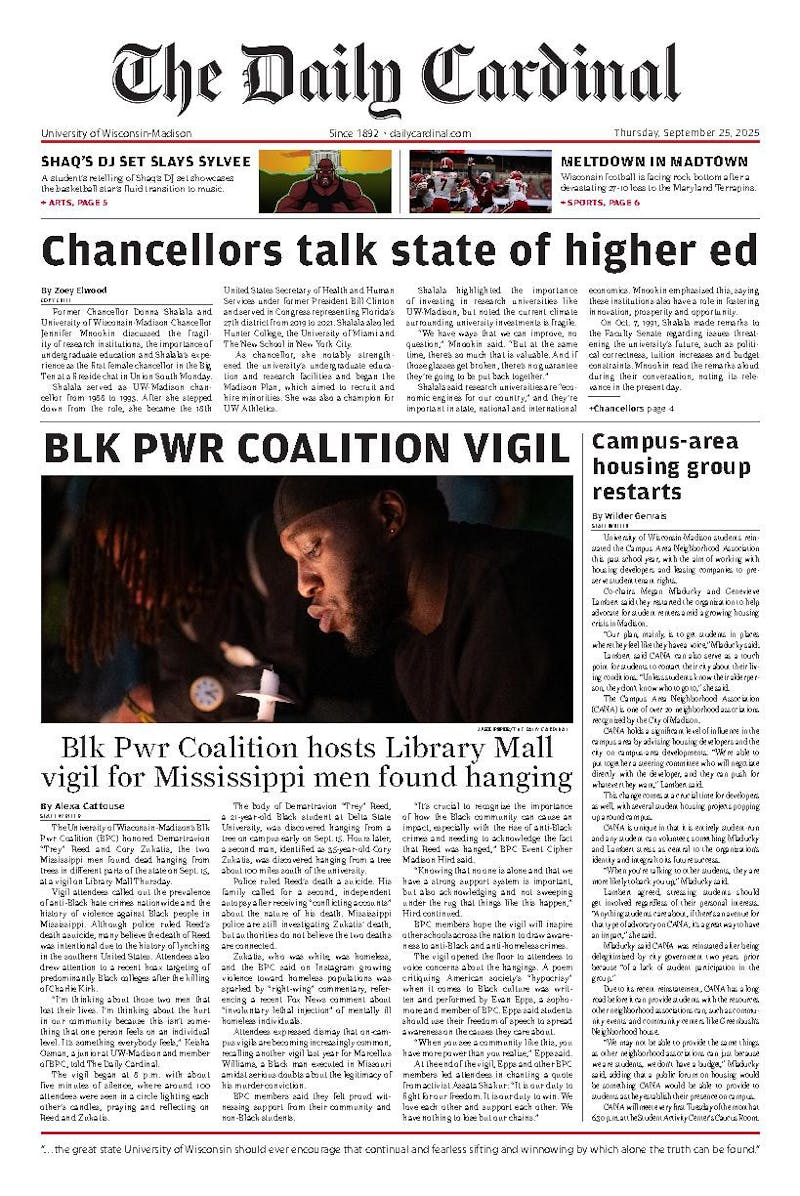Start with 20 computers sitting in a room.
Next, come up with software that lets you run a complex calculation on all 20 computers. Since you've got so many computers working on it, they finish the task sooner.
Ask around campus for spare computing time, and you've got a thousand computers that can work on your program.
For extra credit, apply the same principle to expand your program to the entire nation.
That's called grid computing, and that's what UW-Madison's computer science department is doing with the help of other campuses and laboratories from across the nation.
Called the Open Science Grid (OSG), the project aims to provide supercomputing power to any scientist who needs it, and the project has just gotten a big boost from the government. The National Science Foundation and the Department of Energy awarded 30 million dollars to the OSG to help put together the facilities and infrastructure of the grid.
""For us here in Madison, it is a natural next step [from previous projects],"" said Miron Livny, UW-Madison professor of computer science and principal investigator of OSG. ""But we didn't do it only on our campus. There are many other campuses and other departments using our technology.""
That technology is a computing environment called Condor. According to Livny, a computer with Condor installed can be used by scientists to help process the large amounts of data that modern experiments generate.
For example, students in the department of chemical and biological engineering run molecular simulations of protein structures. But a single run of a simulation isn't enough.
""When you think of a real problem, you're not dealing with just one molecule,"" said De-Wei Yin, a graduate student in the department. ""So you have to repeat it with slightly different conditions, in order to get a meaningful average.""
The computing time needed for those repetitions adds up. An average simulation can take months to complete, even with all the computers in the department working on it. So using computers from other departments with the Condor system can help cut that time a lot.
OSG is not the first grid computing project on campus. The Grid Laboratory of Wisconsin, or GLOW, has served the researchers at UW-Madison since the 90s. GLOW processes over 35,000 hours of computing work each day, using fewer than half the 3,500 computers on campus.
Livny said OSG hopes to expand upon the resources that GLOW makes available to researchers and also increase the diversity of research performed with the system's help.
""We can take all this work submitted to GLOW, and run it on OSG. Which means our local user may see more capacity, more power,"" said Livny. OSG has several obstacles to overcome, he said, but they are not technological in nature.
""The first and the biggest problem is that if scientists are not going to vote with their feet, then we will fail,"" Livny said. ""So we have to make sure what we have will meet the needs of the scientific community and that the scientific community understands the power and the potential of what we have.""
According to project members, the whole purpose of OSG is to help scientists or students who need supercomputing power by facilitating their access to the computing power already out there.
""It's our job to make sure scientists don't have to think very hard about getting their work done, so they can think about the science,"" said Alain Roy, a systems manager in the computer science department, who works on the Condor project. ""There's a lot of scientists who want to do [purely] science. But they need a lot of infrastructure support to do that.""
""We're in the middle of it all. We're providing the glue that makes Open Science Grid run. It's hopefully both an invisible and crucial element,"" Roy said.
As for Livny, who is officially under the gun to do everything right while setting up the grid: he is optimistic about the future of OSG, and the role it will play in helping scientists solve problems.
""Suddenly, it's different. You have a much bigger hammer to hit the nail,"" Livny said. ""So you can hit a much bigger nail. Or you can hit it further in.""





